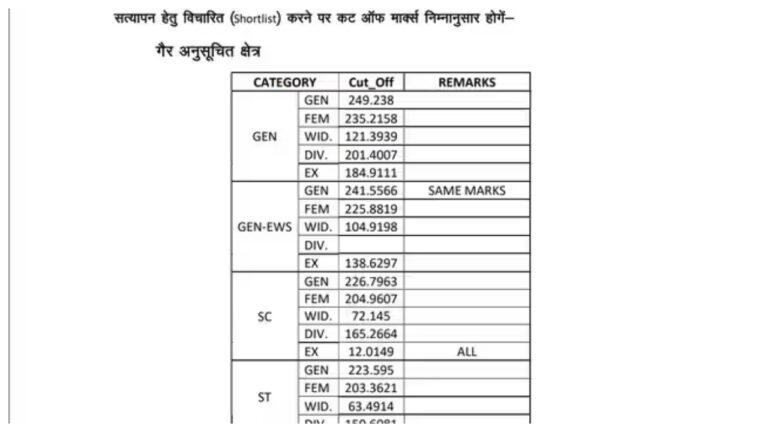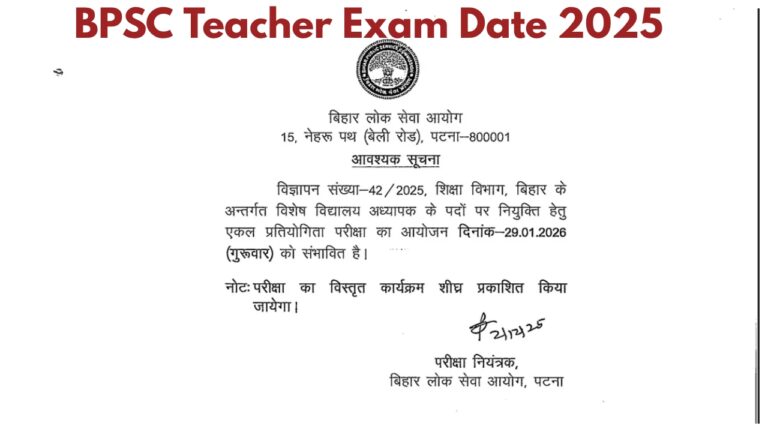Do you also have the same dream that when you retire from your job, you should have a retirement fund of at least ₹ 3 crore? So that you can spend the rest of your life comfortably. To achieve this goal, you have to invest wisely in many schemes. The sooner you make a solid investment plan, the better it will be. Even if you are 35 years old right now, you can easily accumulate a retirement fund of ₹ 3 crore in the next 25 years. So let’s understand how this is possible and which powerful investment options you should focus on.
₹ 3 crore target

Suppose, Vinod is 35 years old right now. His goal is to accumulate ₹ 20 lakh in 10 years and create a retirement fund of ₹ 3 crore in the next 25 years. Vinod has started taking steps to achieve this goal. He is already contributing to the National Pension System (NPS). Now he wants to invest ₹ 20,000 in Mutual Funds every month. However, Vinod also wants to know where else he can invest so that his goal can be achieved on time.
Read More:- NPS Becomes More Profitable! Same-Day Investment Rule to Maximize Returns from April 2025
Read More:- Looking for Monthly Income? Post Office MIS Gives Fixed Returns at 7.4% Interest
NPS and Mutual Funds can become your powerful weapons
According to the media report, Pankaj Mathpal, MD of Optima Money Managers, says that Vinod is currently contributing to the Employer-Employee Scheme. This means that he contributes 10% of his salary and the employer contributes 14%.
Currently, he is investing ₹ 15,000 every month. If the salary increases by 7% every year and the contribution also increases in the same proportion, then as per 10% CAGR (compound annual growth rate), his NPS investment can grow to around ₹3.42 crore in 25 years. CAGR means annual compound interest rate.
Keep these things in mind while investing in NPS.
Through investing in NPS, Vinod can get a fund of ₹3 crore on retirement. However, it is important to note that only 60% of the NPS fund can be withdrawn as a lump sum at the time of retirement. The remaining 40% should be used to buy an annuity.
Annuity means that you will keep getting a fixed amount every month, which will become a source of regular income after your retirement. NPS is a powerful retirement savings tool, but it is important to understand its rules so that you can make the most of it.
SIP can become your second powerful option

Apart from NPS, Vinod is planning to invest ₹20,000 in mutual funds every month. If we assume an annual return of 12%, then in 10 years he will have a fund of about ₹45 lakh. He can use this amount for any of his important needs. On the other hand, if he continues this SIP (Systematic Investment Plan) for the entire 25 years, then in this period he will accumulate a fund of about ₹3.40 crore.
This means that the amount he will get from NPS on retirement, he will be able to get almost the same amount by investing in SIP. Thus, on retirement, he will have a total fund of about ₹7 crore. If you do not want to invest in NPS, you can still create a retirement fund of more than ₹3 crore by investing in mutual funds through SIP. SIP is a powerful and flexible option for long-term investing.
Read More:- Jewellery Brand Gifted Mahindra XUV700s & More to Employees, Here’s Why










